Tomorrow will be the 133rd anniversary of the birth of Chiang Kai-shek (蔣介石), Chinese Nationalist (KMT) leader and Taiwan’s dictatorial president from 1950 to his death in 1975.
Most of the tourists who visit Cijin (旗津) in Kaohsiung stay close to the island’s northern tip, where there’s an old town called Cihou (旗後), a Qing-era fortress, and a lighthouse that was rebuilt by the Japanese in 1918. The last of these attractions recently reopened to the public after three years of renovation. On Cihou’s busy streets, visitors can find several seafood restaurants, as well as one of Taiwan’s oldest Matsu shrines, Cihou Tianhou Temple (旗後天后宮).
Some stray as far south as the Rainbow Church (旗津彩虹教堂). This isn’t a Christian place of worship, but rather a set of multicolored public-art works designed to attract Instagrammers. Less than 200m away, on the corner of Cijin 3rd Road (旗津三路) and Lane 333, Jhongjhou 3rd Road (中洲三路), there’s a genuine and highly unusual religious institution.
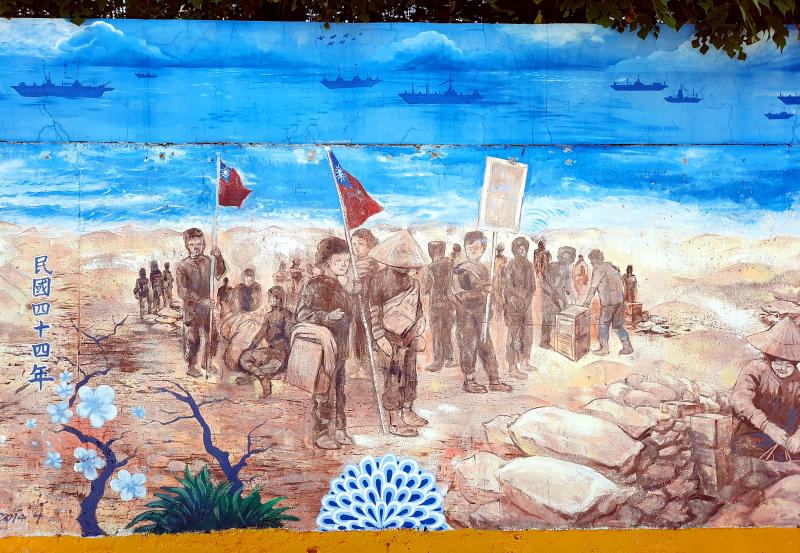
Photo: Steven Crook
TEMPLE TO A DICTATOR
The Lord Chiang Thanksgiving Hall (蔣公感恩堂) was founded so people could express their reverence for Chiang Kai-shek (蔣介石), who ruled Taiwan as unelected head of the Chinese Nationalist (KMT) regime for a quarter of a century.
The first edition, shoddily built just months after the dictator’s death, had to be reconstructed just eight years later. The current building dates from 2006-2007. By Taiwan temple standards, it’s barely medium sized.
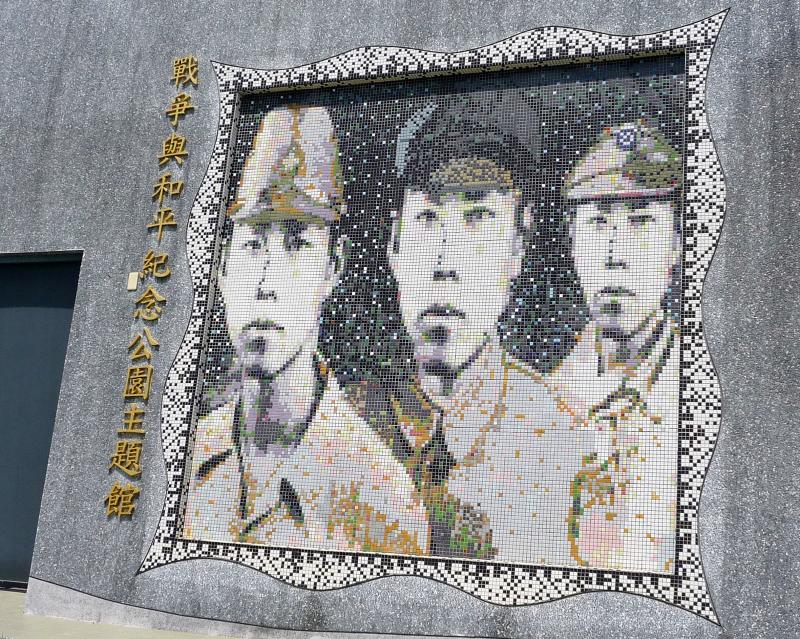
Photo: Steven Crook
Until 2007, a Chiang effigy occupied the central position behind the main altar. That year, the building’s managers decided to demote him and move him over to the right, where he is today. Guanyin (觀音), the Buddhist bodhisattva of mercy, was enshrined as the hall’s principal deity.
The statue I saw on my recent visit isn’t the original. Claiming he’d had a powerful dream about Chiang, a “white-robed Taoist master” from Tainan, whom media reports didn’t name, visited the hall in early 2007. He told those in charge of the shrine that Chiang had told him he wished to renew his body and that his feet hurt.
Coincidentally, the master himself had to be helped into the hall, because his feet were covered with dressings. Some months later, when the original effigy was removed, its feet were found to be riddled with woodworm.

Photo: Steven Crook
From the afterworld, Chiang — who, it should be remembered, saw himself as a devout Christian — is said to have also issued instructions as to the uniform he should wear, and when his peaked cap should be placed on his head.
According to press reports, until the Democratic Progressive Party (DPP) triumphed in the 2016 presidential and legislative elections, up to 30 buses filled with Chinese tourists visited the Lord Chiang Thanksgiving Hall every day. However, after China began curtailing visits to Taiwan by its citizens, the number of sightseers from that country dwindled to “just a handful of independent travelers.”
Another Chiang shrine, about 15 minutes’ walk away, has never drawn many tourists. The Lord Chiang Gratitude Pavilion (蔣公報恩觀) is some way from major roads at 40, Alley 63, Lane 374, Jhongjhou 3rd Road (中洲三路347巷63弄40號 ). It’s pale blue exterior helps it stand out in this old and fairly colorless neighborhood.
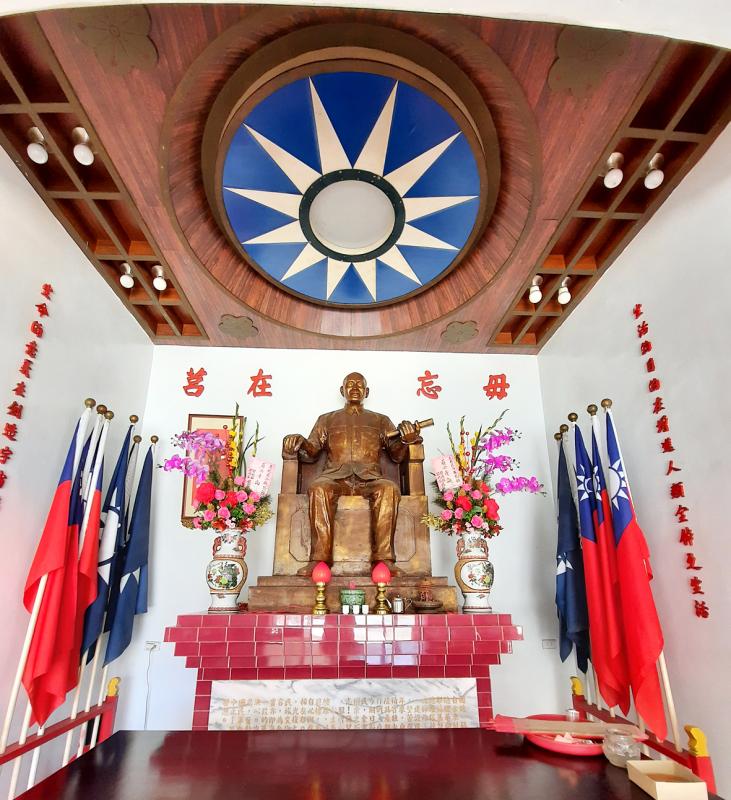
Photo: Steven Crook
BIRTH OF A CUSTOM
A sizable mural on Lane 374 gives a clue as to why worshipping the former dictator became a custom in this part of Taiwan.
Until early 1955, Chiang’s army held the Dachen Islands (大陳島) just off the coast of China’s Zhejiang Province. When it looked likely that communist forces would seize the archipelago, the KMT evacuated the garrison, a contingent of anti-communist guerillas and almost the entire civilian population.
As depicted in the mural, between Feb. 9 and Feb. 14, at least 10,000 non-combatants were shipped to Keelung under the protection of the US Navy. The refugees were found homes in various parts of Taiwan. Cijin ending up hosting one of the larger Dachen communities.
After my visit to the Lord Chiang Gratitude Pavilion, I read that every Oct. 31, the shrine celebrates the anniversary of Chiang’s birthday. Curious to know if this custom is still observed, I made some inquiries.
“We no longer have special celebrations, because the old people from Dachen Islands have all passed away, but at eight o’clock on the morning of the 31st, we worship Chiang and burn paper yuanbao [元寶, mock ingots],” a member of the local community told me.
What’s more, I was told, six years ago, Chiang revealed his desire to have “a new and golden body.” This message was somehow communicated through a painting. He’s now represented by a wooden statue that’s been painted bronze, positioned in the center on the ground floor.
The upper floor of the Lord Chiang Gratitude Pavilion honors several deities, including two I’d never previously encountered.
The first is True Monarch Ruan Bi (阮弼真君), who has a long gray beard and white eyebrows. Ruan Bi, the faithful believe, worked with Ming Dynasty hero Qi Jiguang (戚繼光) to protect China’s coast against pirates. The second is the Great Fisherman (漁師大神), who has his own boat. Both were traditionally worshipped by Dachen Islanders who depended on the sea for their livelihood; both celebrate their birthday on the 12th day of the 10th lunar month.
The windmills and public art in Cijin Windmill Park (旗津風車公園), 2km southeast of the Lord Chiang Thanksgiving Hall, aren’t particularly interesting. But next to the park, there’s a small museum which I found fascinating.
The War and Peace Theme Museum (戰爭與和平紀念館) at 701 Cijin 2nd Road (旗津二路) tells the stories of Taiwanese individuals who ended up on the wrong side, or more than one side, of history. Some of them fought for the Japanese during World War II, others for Chiang’s KMT, and/or the Chinese Communists.
In addition to a lot of informative bilingual text, there are mementoes donated by some of those who survived the war and its aftermath. The museum is open Tuesday to Sunday, 10am to 6pm. Admission is free.
There are two memorials just outside the museum. The simpler of the two is dedicated to the men who died when US planes bombed and strafed the Enoura Maru on Jan. 9, 1945. The ship was being used to transport Allied prisoners-of-war, and more than 350 POWs perished. The other, a human in military uniform with angels’ wings, remembers those who died in World War II and the Chinese Civil War. Together, they’re a sobering reminder of the bloodshed that marked the 1940s.
Steven Crook has been writing about travel, culture and business in Taiwan since 1996. He is the author of Taiwan: The Bradt Travel Guide and co-author of A Culinary History of Taipei: Beyond Pork and Ponlai.
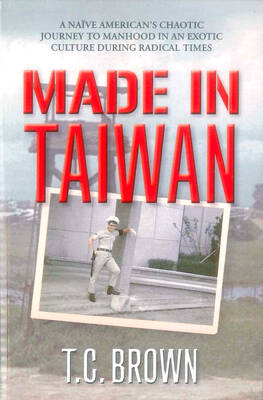
By 1971, heroin and opium use among US troops fighting in Vietnam had reached epidemic proportions, with 42 percent of American servicemen saying they’d tried opioids at least once and around 20 percent claiming some level of addiction, according to the US Department of Defense. Though heroin use by US troops has been little discussed in the context of Taiwan, these and other drugs — produced in part by rogue Chinese Nationalist Party (KMT) armies then in Thailand and Myanmar — also spread to US military bases on the island, where soldiers were often stoned or high. American military policeman
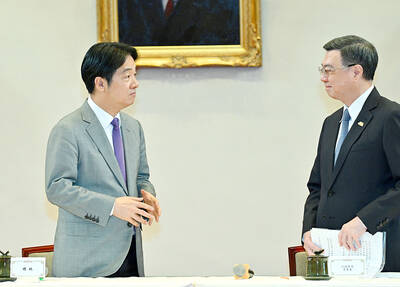
Under pressure, President William Lai (賴清德) has enacted his first cabinet reshuffle. Whether it will be enough to staunch the bleeding remains to be seen. Cabinet members in the Executive Yuan almost always end up as sacrificial lambs, especially those appointed early in a president’s term. When presidents are under pressure, the cabinet is reshuffled. This is not unique to any party or president; this is the custom. This is the case in many democracies, especially parliamentary ones. In Taiwan, constitutionally the president presides over the heads of the five branches of government, each of which is confusingly translated as “president”
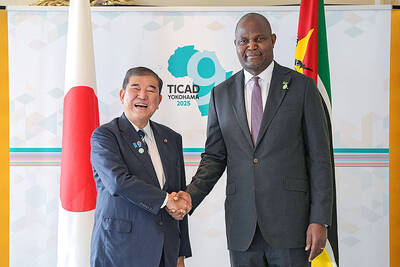
An attempt to promote friendship between Japan and countries in Africa has transformed into a xenophobic row about migration after inaccurate media reports suggested the scheme would lead to a “flood of immigrants.” The controversy erupted after the Japan International Cooperation Agency, or JICA, said this month it had designated four Japanese cities as “Africa hometowns” for partner countries in Africa: Mozambique, Nigeria, Ghana and Tanzania. The program, announced at the end of an international conference on African development in Yokohama, will involve personnel exchanges and events to foster closer ties between the four regional Japanese cities — Imabari, Kisarazu, Sanjo and

Sept. 1 to Sept. 7 In 1899, Kozaburo Hirai became the first documented Japanese to wed a Taiwanese under colonial rule. The soldier was partly motivated by the government’s policy of assimilating the Taiwanese population through intermarriage. While his friends and family disapproved and even mocked him, the marriage endured. By 1930, when his story appeared in Tales of Virtuous Deeds in Taiwan, Hirai had settled in his wife’s rural Changhua hometown, farming the land and integrating into local society. Similarly, Aiko Fujii, who married into the prominent Wufeng Lin Family (霧峰林家) in 1927, quickly learned Hoklo (commonly known as Taiwanese) and